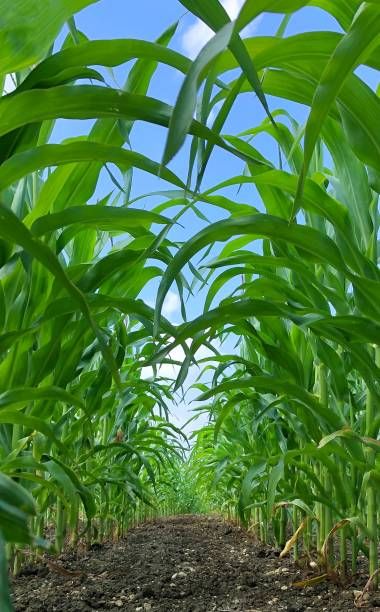Seeing into the Fields: How Agricultural Event Prediction Models are Revolutionizing Smart Agriculture
Agricultural Event Prediction Models sector is undergoing a significant transformation, driven by the integration of technology and data science. Smart agriculture, a concept encompassing the use of technology to optimize agricultural practices, is rapidly evolving. At the forefront of this change lies a powerful tool: the agricultural event prediction model.
Traditionally, agriculture has relied on experience and intuition when making decisions. However, this approach leaves farmers vulnerable to unexpected events like pest outbreaks, droughts, or unpredictable weather patterns. Agricultural event prediction models leverage the power of machine learning and data analysis to forecast these occurrences, empowering farmers with actionable insights.
Contents
Unveiling the Future: How do these models work?
Agricultural event prediction models function by ingesting vast quantities of data. This data can include:
- Historical agricultural data: Crop yields, pest and disease occurrences, and past weather patterns provide valuable baselines for the model.
- Real-time sensor data: Sensors deployed in fields can monitor soil moisture, temperature, and even plant health, offering a real-time snapshot of crop conditions.
- Weather forecasts: Integrating weather data allows the model to predict how upcoming weather events might impact crops.
Once collected, this data is analyzed using machine learning algorithms. These algorithms identify patterns and relationships within the data, enabling them to predict future events with a degree of accuracy.
There are several types of agricultural event prediction models, each with its strengths:
- Regression models: These models predict the continuous values of future events, such as crop yields or pest infestation levels.
- Classification models: These models categorize future events, such as predicting whether a disease outbreak is likely or not.
- Time series models: These models analyze trends and patterns over time, allowing them to predict future events based on historical data.
By combining data analysis with cutting-edge algorithms, agricultural event prediction models offer farmers a window into the future of their crops.
The Benefits of Foresight: How do these models impact agriculture?
The ability to predict agricultural events offers a multitude of benefits for farmers:
- Enhanced decision-making: By anticipating potential issues, farmers can take proactive measures. For example, a model predicting a pest outbreak allows for early application of pesticides, minimizing crop damage.
- Improved resource management: With predictions on water needs or fertilizer requirements, farmers can optimize resource allocation, leading to cost savings and greater sustainability.
- Reduced risk: Early warnings about adverse weather events allow farmers to take steps to protect their crops. This can minimize losses and ensure a more stable harvest.
- Insurance optimization: Prediction models can inform insurance companies, enabling them to develop more tailored and cost-effective agricultural insurance products.
Beyond these direct benefits, agricultural event prediction models contribute to a more data-driven agricultural sector. This fosters innovation, allowing researchers and developers to create new technologies and strategies based on real-world data insights.
Challenges and Considerations: The Road Ahead
Despite their immense potential, agricultural event prediction models are still under development. Some of the challenges include:
- Data availability Agricultural Event Prediction Models: Building robust models requires access to vast amounts of high-quality data. This can be a hurdle for small-scale farmers with limited resources.
- Model interpretability: Understanding how a model arrives at its predictions is crucial for building trust in its recommendations.
- Constant adaptation: Agricultural systems are complex and constantly evolving. Models need to be adaptable to changing conditions and incorporate new data as it becomes available.
Addressing these challenges requires collaboration between researchers, farmers, and technology companies. Open access to data sets, the development of user-friendly interfaces, and ongoing model refinements are all necessary steps to ensure the widespread adoption and effectiveness of agricultural event prediction models.
Conclusion: A Brighter Future for Agricultural Event Prediction Models
Agricultural event prediction models represent a significant leap forward in smart agriculture. By empowering farmers with the ability to anticipate future events, these models have the potential to revolutionize agricultural practices. As technology continues to advance and data becomes more readily available, these models will become increasingly sophisticated, paving the way for a more sustainable, resilient, and profitable agricultural future.




